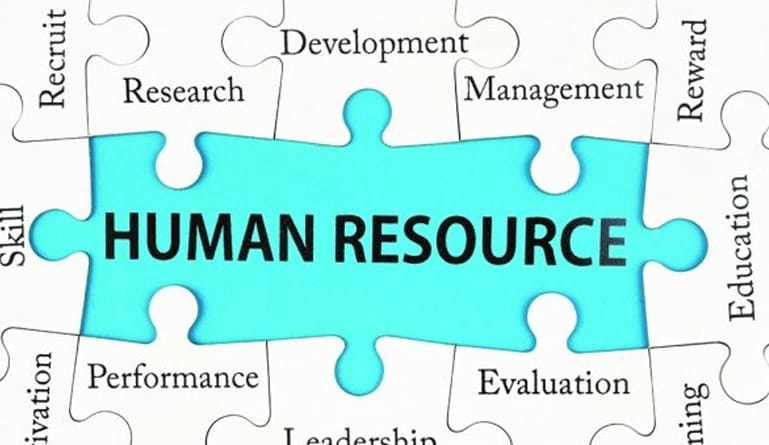Recruitment and selection is the last resort for organization in sourcing
people to work as organization’s prefer to internally promote people to enhance
job satisfaction, motivation, career development for its staff. Any decision to
bring in new blood will depend on the needs of the company. As exist employees
understand the culture, systems and processes and therefore new employees need
to adjust and or be trained to fit in to the various task and roles they are
hired for.
However, with the advent of technological changes, the development of
connectivity, website, internet and computers recruitment and selection
processes have changed. Today HR Departments use company websites, social media
platforms, job hosting boards. For an example Linked In, Instagram, Facebook
are becoming popular means to hire people even in less developed countries such
as Sri Lanka.
Using on online platforms have numerous benefits it gets the organization a bigger number of applicants, its faster and cheaper on the negative side a person should be dedicated to the process of short list many applicants before they are selected to be interviewed and the process is also swifter for applicants within minutes through the click of a few buttons a CV can be sent to any employer that has an opening.
Using on online platforms have numerous benefits it gets the organization a bigger number of applicants, its faster and cheaper on the negative side a person should be dedicated to the process of short list many applicants before they are selected to be interviewed and the process is also swifter for applicants within minutes through the click of a few buttons a CV can be sent to any employer that has an opening.
On the other hand, short listing, testing too can be done online today
therefore employee can be short listed and hired faster (Gusdorf, 2008). Companies use the intranet to post vacancies
and communicate between group of employee opening within the company. Thus
transfers, vacancies, promotions are therefore posted internally before one
looks for talent outside.
This doesn’t mean that a company doesn’t resort to traditional means such
as using head hunters, recruitment agencies and newspapers to look for people
as these may be more suitable for the company. Often a mix of methods may be
used depending on company needs and the level of the person that may be hired.
Its more likely senior management positions may be internal promotions or if
they are brought in from outside it will be based on networking.
Furthermore, many jobs that were traditionally thought human’s forte can done as it needed expertise and human judgement are changing too Manyika et el, (2017). Again experts are of the view that the future of work is changing and jobs are changing that predicting the changes are impossible (Gumbel and Manyika, 2017)
Furthermore, many jobs that were traditionally thought human’s forte can done as it needed expertise and human judgement are changing too Manyika et el, (2017). Again experts are of the view that the future of work is changing and jobs are changing that predicting the changes are impossible (Gumbel and Manyika, 2017)
In order to understand the impact of technology areas such as learning
and development, and operational processes will be reviewed on the next blog.
References:
2. Gumbel,
P., and Manyika, J., (2017) What is the future of work? A new podcast series
from the McKinsey & Company
3. Manyika, J., Chui, M., Miremadi, M.,
Bughin, J., George, K., Willmott, P.,
and Dewhurst, M., A (2017) Future That
Works: Automation, Employment, And Productivity McKinsey, Global Institute,
Copyright © McKinsey
& Company 2017





